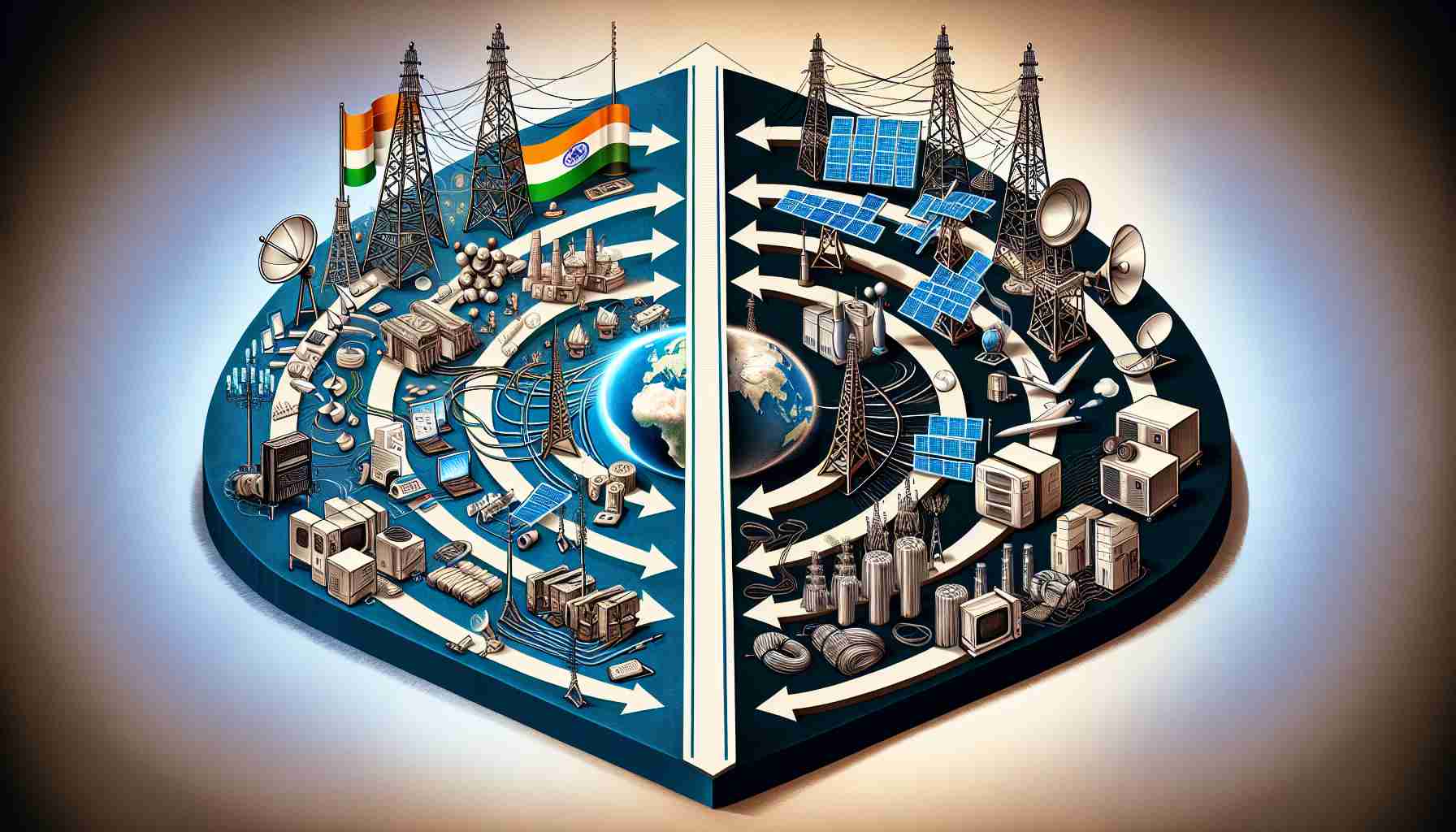
The competition between two giants—Elon Musk’s Starlink and Mukesh Ambani’s Reliance Jio—highlights a pivotal moment for India’s internet landscape and its autonomy. As the nation aims to enhance connectivity across diverse demographics, understanding the implications of each provider on local economies and sovereignty is essential.
On a commercial level, Starlink promises to deliver superior internet services to remote and underserved areas, potentially empowering rural communities by improving access to education, e-commerce, and healthcare. The technological prowess of Starlink may spur local innovation in satellite communications. However, the implications of relying on a U.S.-based entity are concerning, particularly with regards to economic sustainability—profits from Starlink return to the U.S., unlike Jio, which reinvests in the Indian economy.
National security also plays a significant role in this debate. With increasing global tensions, relying on foreign technology for crucial communications raises questions about data security and operational control. Jio’s Indian origin aligns it more closely with national interests, providing a safeguard against foreign influence and ensuring sensitive data remains protected within the country’s borders.
India’s pursuit of self-reliance places Jio in a favorable position. Investing in indigenous technology aligns with the nation’s strategic goals while fostering local capabilities, reducing risks associated with global supply chain dependencies. Ultimately, while Starlink offers unique solutions for challenging terrains, Jio appears to champion a more stable, self-reliant digital future for India.
India’s Connectivity Showdown: Domestic Versus Foreign Solutions
India stands at a crossroads as it evaluates its internet connectivity landscape, particularly in the face of competition between foreign giants like Elon Musk’s Starlink and domestic players such as Mukesh Ambani’s Reliance Jio. This moment not only tests technological capabilities but also raises fundamental questions about national independence and economic sustainability.
What are the driving factors behind choosing between domestic and foreign tech solutions?
One major driver is the need for local infrastructure development. India’s tremendous geographical diversity poses a huge challenge for internet provision, especially in rural areas. Incorporating local providers like Jio ensures that investments are channeled back into the national economy. This full-circle approach creates jobs and fosters a sense of national pride in technological advancements. In contrast, Starlink’s operations, despite their advanced technology, involve significant financial returns redirected back to the U.S., making local empowerment secondary.
What are the key challenges associated with foreign technologies in India?
Apart from economic concerns, reliance on foreign technologies raises issues of sovereignty and data privacy. The Indian government is increasingly wary of foreign surveillance, and external players could potentially have access to critical infrastructure. This concern isn’t merely hypothetical; numerous incidents of espionage and data breaches involving foreign firms underscore these risks. The regulatory landscape in India is still evolving, and there is an urgent need for robust frameworks to protect consumer data, which foreign entities may not fully adhere to.
What advantages does each option bring to the table?
Advantages of Foreign Solutions:
– Technological Superiority: Starlink employs cutting-edge satellite technology that can achieve high-speed internet access globally, reaching remote regions where traditional infrastructure is impractical.
– Global Expertise: Companies like SpaceX possess extensive experience in satellite Internet provision, potentially offering advanced support and maintenance capabilities.
Advantages of Domestic Solutions:
– Economic Reinvestment: Jio’s profits are primarily reinvested into Indian projects, promoting local development and infrastructure enhancement.
– Alignment with National Interests: Jio is more likely to comply with Indian regulations and contribute to national objectives of self-reliance and security.
Are there any controversies or public sentiments that influence the movements towards either solution?
Yes, public sentiment has increasingly favored domestic solutions as national pride plays a crucial role in consumer choice. Citizens are more inclined to support innovations that promise not only connectivity but also contribute to their local economy. However, the allure of foreign technological prowess cannot be overlooked, particularly in precision-based fields such as satellite communications where immediate results are highly sought after.
What is the future outlook for connectivity in India?
The future of connectivity in India is likely to witness a blend of both domestic and foreign technologies. The government has emphasized enhancing indigenous capabilities while remaining open to beneficial foreign collaborations. Newer Affordable Internet initiatives may serve as a bridge, allowing both Jio and Starlink to coexist in a competitive landscape that emphasizes consumer choice and telecommunications advancement.
The final verdict rests on delicate balancing acts—ensuring advanced connectivity while safeguarding economic interests and national security. As these two giants vie for market dominance, it will ultimately be the Indian consumer and their priorities that shape the next chapter in India’s connectivity saga.
For more on India’s technology sector, visit The Hindu Business.



